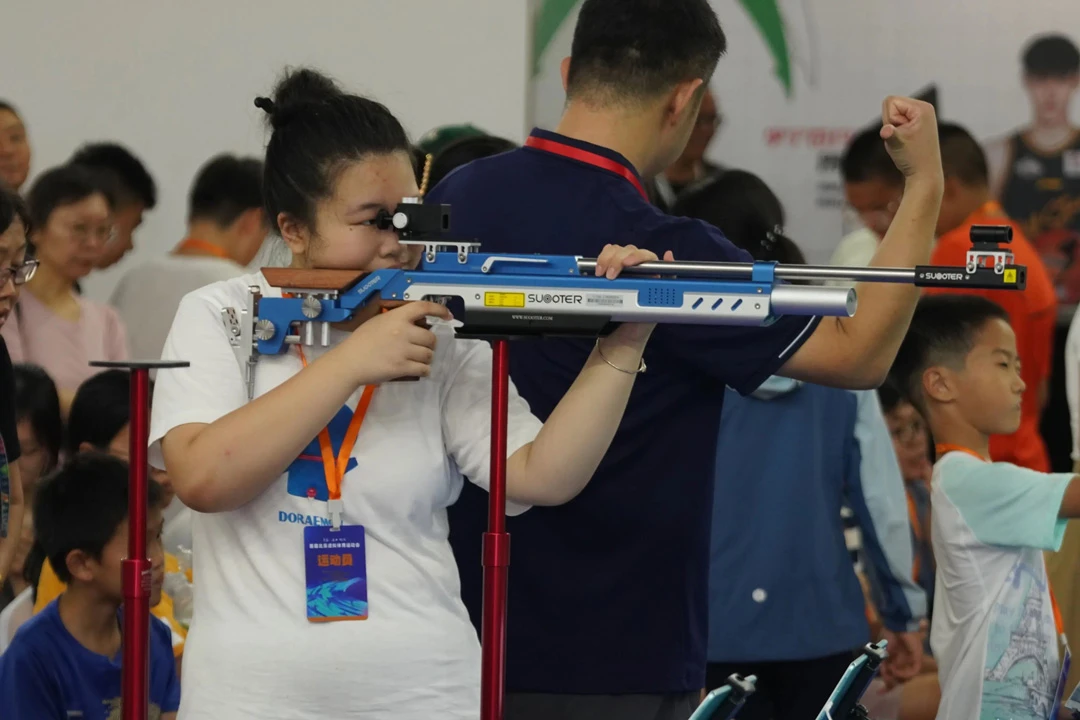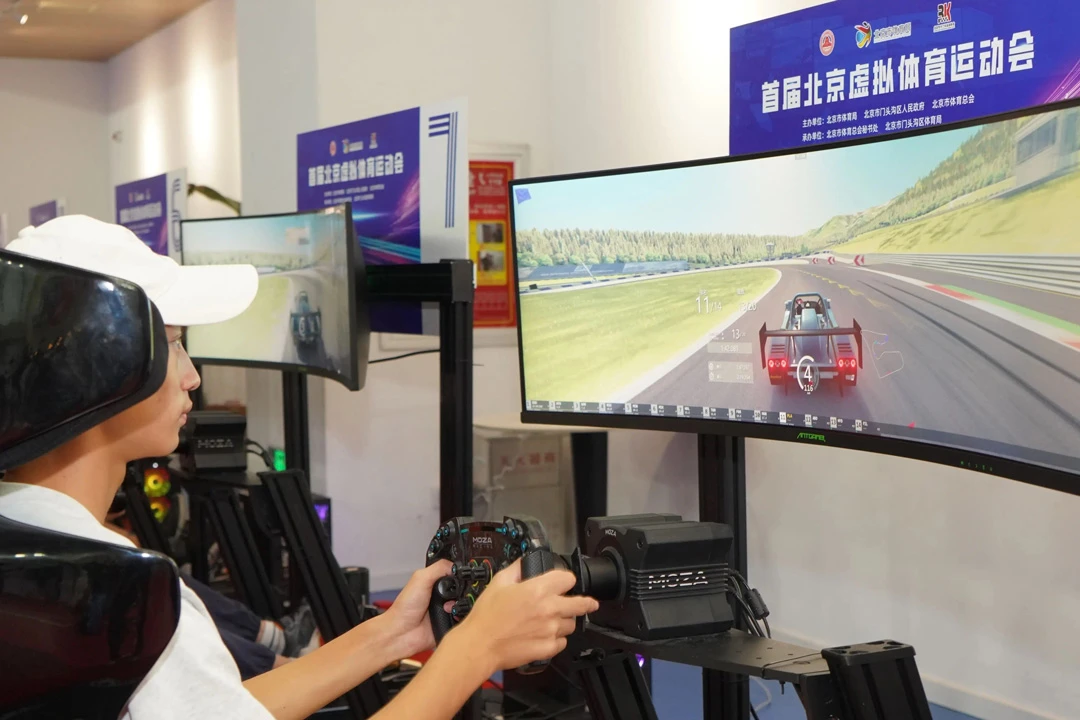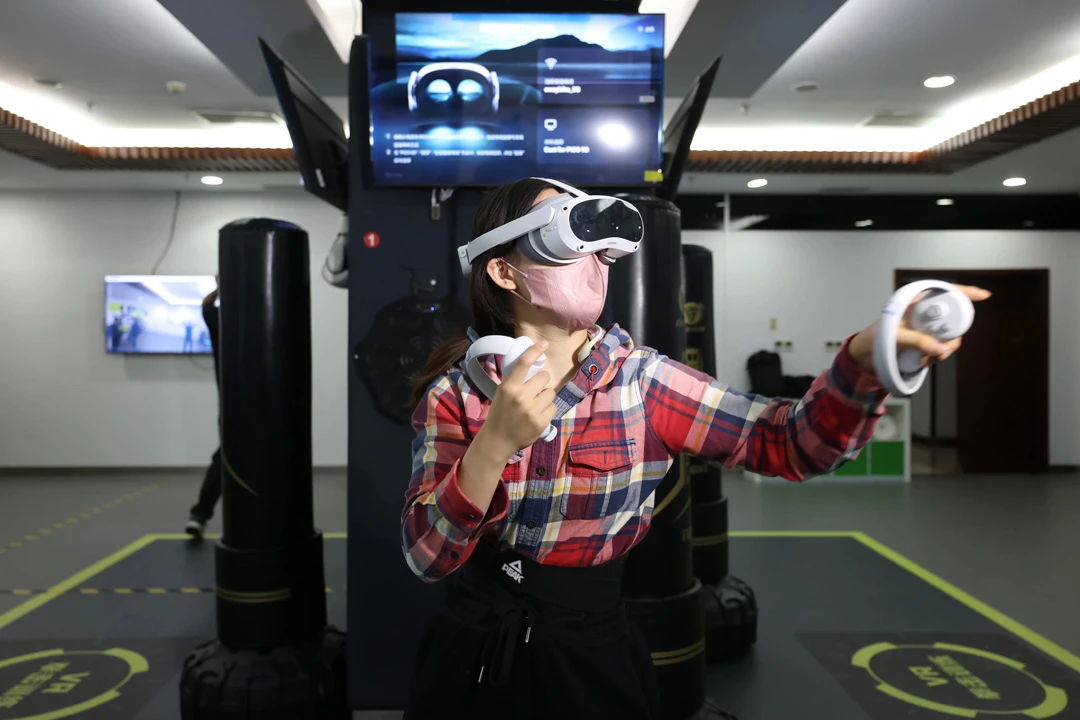Bridging the Gap Between Reality and Virtuality
The concept of virtual sports is rapidly gaining momentum, but it’s not just about playing sports-themed video games on a computer screen. The recent Beijing Virtual Sports Games offered a fresh perspective on what virtual sports can be, showcasing the potential to blend physical activity with digital innovation.
Organized by the Beijing Municipal Bureau of Sports and the Beijing Sports Federation, the event drew over 7,000 participants. It featured six distinct competition categories: digital golf, smart orienteering, virtual cycling, virtual rowing, laser simulation shooting, and e-sports racing. The games were meticulously divided into adult, youth, junior, and children's categories, ensuring that every participant found a stage suited to their abilities and interests.
The event demonstrated the transformative power of advanced digital equipment. Traditional sports, which typically require large spaces and specific environments, were compacted into small, accessible areas without sacrificing the essence of the sporting experience. This innovation not only preserved the competitive spirit of the sports but also significantly lowered the barriers to participation, attracting a broader audience. Whether a beginner or a seasoned athlete, everyone could find their place in the virtual arena, enjoying the thrill and joy that sports bring.

A New Playground for All Ages
The Beijing Virtual Sports Games offered participants a unique opportunity to engage in sports they might not typically have access to. For instance, 10-year-old Li Songyang (李松阳) participated in laser simulation shooting and e-sports racing. After the event, he excitedly shared his experience: “I never had the chance to try shooting sports before, but through this virtual sports event, I got to be a 'sharpshooter.' The digital equipment made me feel the real charm of shooting. E-sports racing was even more fun; I usually play racing games on the computer, but sitting on the digital equipment and driving felt incredibly realistic and exciting.”
Similarly, Liu Hanyu (刘涵宇), who took part in the smart orienteering competition, found the experience both familiar and novel. Having competed in orienteering before, Liu was intrigued by the digital twist: “Smart orienteering uses a stepper to simulate walking while searching for targets on a virtual map. The overall experience is very similar to real-life orienteering, except you’re not running outdoors. The virtual format eliminates limitations imposed by time, space, and weather, making the sport more accessible.”
These experiences highlight how virtual sports can offer realistic simulations that preserve the core elements of traditional sports while making them more accessible and inclusive. This blend of technology and physical activity offers new ways for people of all ages to stay active, regardless of their environment or physical limitations.
The Future of Sports in a Digital World
As the boundaries between physical and digital experiences continue to blur, virtual sports represent the future of athletic engagement. Unlike e-sports, which focus more on gaming, virtual sports maintain a strong connection to physical activity. They integrate the essence of traditional sports with modern technological advancements, creating a rich, multi-dimensional sports experience.
Beijing’s recent event was just the beginning. With the rapid development of technologies like virtual reality (VR), 5G, artificial intelligence, big data, and cloud computing, the potential for virtual sports is immense. The continuous upgrade and iteration of virtual sports equipment will likely bring more opportunities for these activities to enter the daily lives of ordinary people.
The National Sports Administration of China has already recognized this potential, as highlighted in the "Virtual Reality and Industry Application Integration Development Action Plan (2022-2026)." This plan emphasizes the importance of integrating VR with the sports and health industries, aiming to create a new era of digital, intelligent, and immersive sports solutions. These solutions are expected to span various fields, including indoor and outdoor sports, aerobic and anaerobic exercises, single and multiplayer games, as well as leisure and competitive activities.
Looking ahead, the Beijing Sports Bureau and the Beijing Sports Federation plan to host more technology-driven sports events. These events will aim to stimulate offline demand through immersive online experiences, attracting people with different interests to engage in regular physical activities. This approach not only promotes fitness but also fosters the growth of a vibrant, multi-faceted sports culture that integrates entertainment, technology, and healthy living.
Virtual sports are more than a trend; they are a gateway to a new era of fitness and competition. As technology continues to evolve, these digital platforms will likely become a staple in our approach to sports, offering exciting new ways to engage, compete, and stay healthy.


